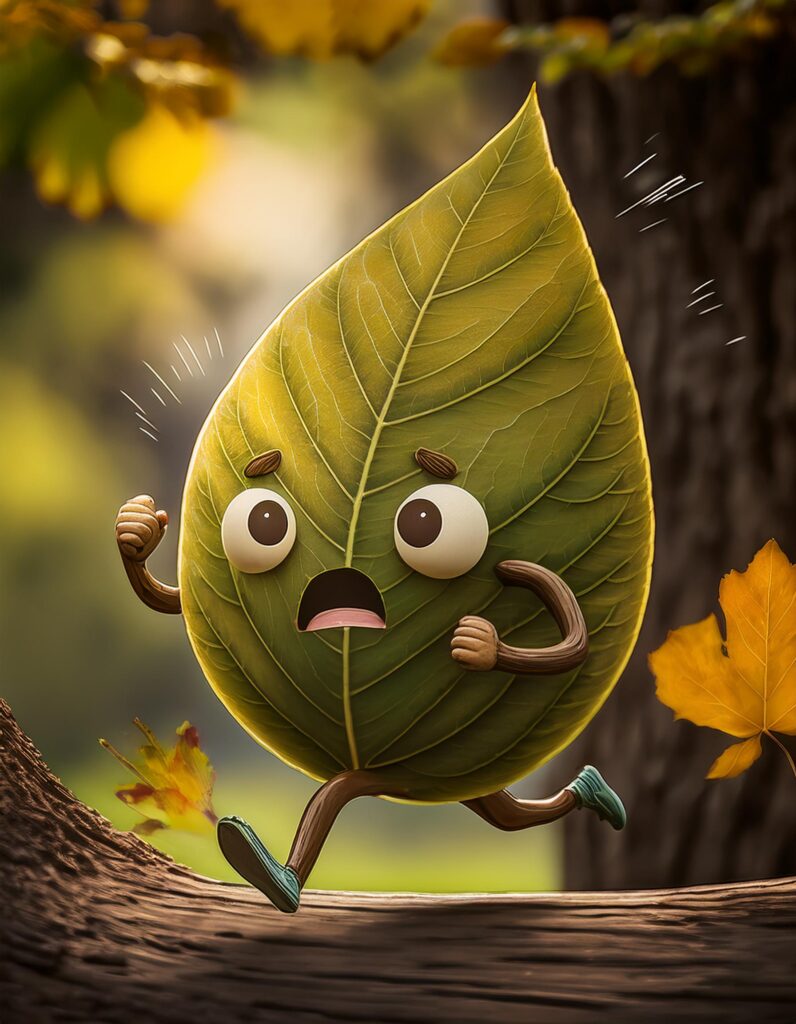The Breath of Life: Unveiling the Secrets of Leaves Through Science
Welcome to a world where the smallest elements of nature hold the most significant secrets. Today, we’re diving into a fascinating experiment that not only captivates the imagination of our young scientists but also unfolds the mysteries of how leaves breathe. This activity is perfect for a fun-filled family day or an educational classroom setting.
Imagine a leaf, a silent and steady companion in our environment. It’s easy to overlook these ubiquitous parts of our daily landscape, yet they hold the key to understanding the very air we breathe. This experiment brings to life the invisible process of photosynthesis, where leaves convert sunlight, water, and carbon dioxide into oxygen and glucose, sustaining not just themselves but all aerobic life on Earth.
The science behind this magic is botany, the study of plants. Botany is not just about identifying different plants; it’s a deep dive into the cellular level where life’s fundamental processes occur. In this experiment, we witness photosynthesis and respiration in action, two vital processes that plants use to harness energy from light and exchange gases with their environment.
We understand that sometimes improvisation is necessary. Here are some alternative materials you can use:
– Instead of a large bowl, any clear, sizeable container will do – think aquariums, large jars, or even a clear storage box.
– If you’re out of tap water, collected rainwater or pond water can add an extra element of natural exploration.
– No fresh leaves? Fresh flowers, green stems, or even a piece of aquatic plant can serve as a substitute.
This experiment is suitable for children aged 5 and up, making it a versatile activity for various age groups. Preparation time is minimal – you’ll need about 10 minutes to gather your materials and set up. The active part of the experiment, where the magic happens, can range from 1 to 2 hours, depending on environmental factors like sunlight and temperature. Results are visible as tiny bubbles forming on the leaves, a sign of oxygen release, and can be observed as soon as they appear.
In conclusion, this experiment is not just a learning experience; it’s a doorway to appreciating the intricate dance of nature’s processes. It’s suitable for curious minds with a bit of patience and a dash of wonder. So gather your materials, or their substitutes, and embark on this journey of discovery with your little ones today!

How Do Leaves Breathe?
Ingredients
INSTRUCTIONS
-
Click here for the full experiment details. Checkout the main website: KC Edventures
-
Get experimenting!
-
Feed your knowledge.
-
Come back for more recipes for science!





